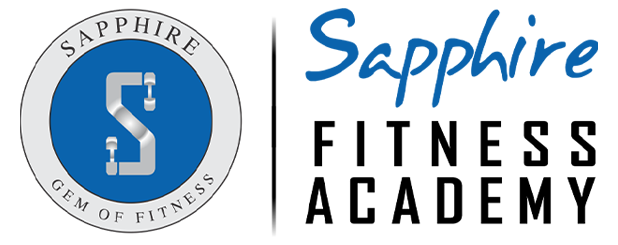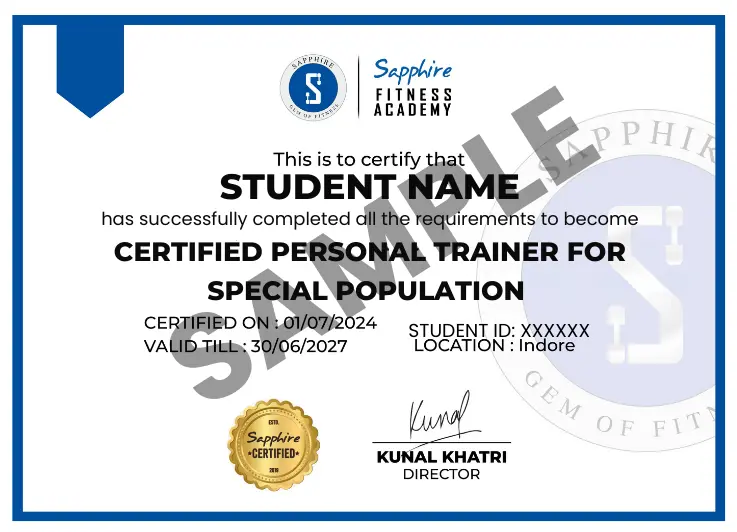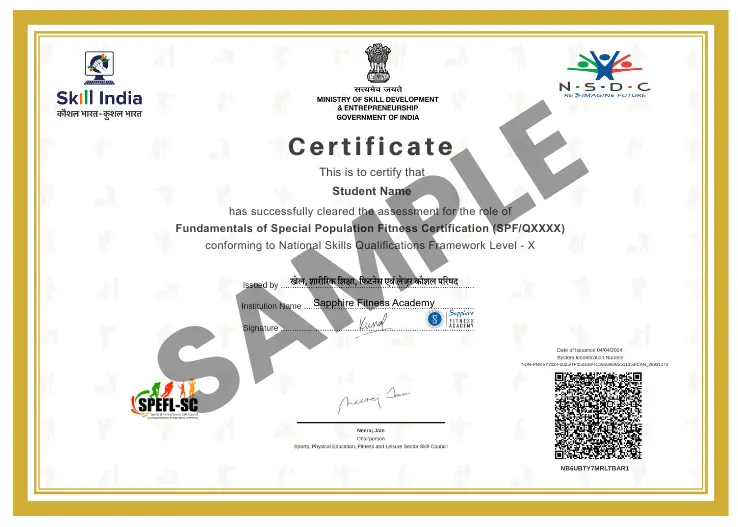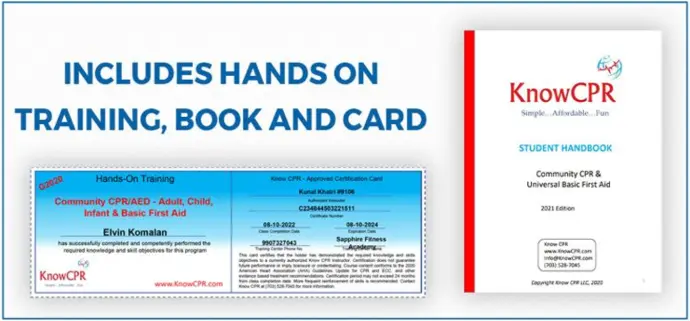CPTSPs are fitness professionals trained to work with individuals who have specific medical or physical conditions such as heart disease, diabetes, injury recovery, pregnancy, postpartum, or aging-related needs. They design safe and effective workout plans, provide motivation and support, and collaborate with healthcare providers. CPTSPs ensure personalized care, monitor progress closely, and are trained to handle emergencies. As Certified Special Population Coaches (CSPC), they also refer clients to appropriate professionals when needed.







